Marine fish and various aquarium/52-marine-animals.html">marine animals all feed on plankton, the tiny plants and animals floating in the sea, just like we humans feed on food produced in agriculture and livestock produced in animal husbandry. Marine plankton is an important part of marine life. They are large in number and diverse, and can be divided into marine zooplankton and marine phytoplankton. They are able to move with waves and currents. Marine phytoplankton are autotrophs, mainly including marine bacteria and some single-cell algae, which can produce their own organic matter, mainly carbohydrates and oxygen. It is because of their existence that other organisms can survive, and they are an important link in the marine food chain.
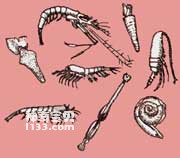
Typical plankton assemblage in the subarctic and west-central Pacific zones.
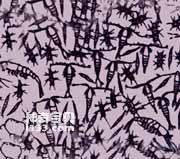
High productivity combination
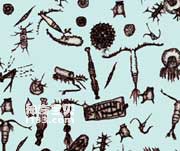
Low productivity combination
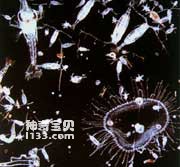
marine plankton
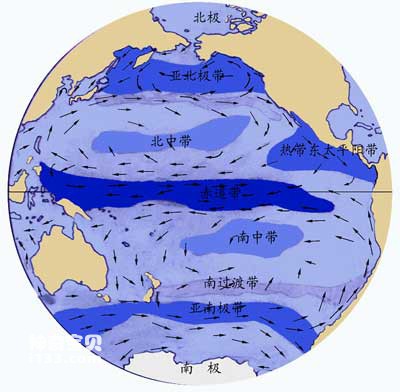
The main areas of the biome zone and their relationship with the major ocean currents
We created this article in conjunction with AI technology, then made sure it was fact-checked and edited by a Animals Top editor.